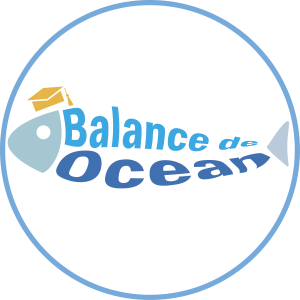Explanation of apparent oxygen consumption
The amount of oxygen consumed in seawater can be determined by subtracting the "oxygen concentration at a certain time T" from the "initial concentration of oxygen at a certain time (0)" to find the amount of oxygen consumed at time 0 → T. (Figure below). However, this only holds true if there is no oxygen production through photosynthesis (see the left diagram below).
In seawater where light reaches, oxygen consumption through respiration and oxygen generation through photosynthesis occur simultaneously. You can't tell them apart. In other words, it is not possible to know the "true amount consumed" or "true amount produced" within the range of light.
Taking the direction of consumption in the right direction,
If “unknown true consumption amount” > “unknown true production amount”, then
“Net (apparent) consumption” = “Unknown true consumption” – “Unknown true production” > 0.
This means that respiration was superior to photosynthesis.
The net (apparent) oxygen consumption is expressed as the "actually measurable amount" shown in the figure below. In other words, the formula is:
【Net (apparent) oxygen consumption】=【initial oxygen concentration:[O2]0 】-【Oxygen concentration at time T:[O2]T 】
The initial oxygen concentration is often determined as the oxygen saturation concentration when the seawater was at the sea surface.
As shown in the three figures below, the net (apparent) oxygen consumption may be the same even when the true photosynthesis amount is small or large. Therefore, it is impossible to know the true amount consumed or produced.
The apparent oxygen consumption is called Apparent Oxygen Utility (AOU).
To reiterate, if AOU > 0, respiration > photosynthesis.
In seawater where there is sufficient light, photosynthesis can sometimes outperform respiration.
If AOU < 0, it reflects the state of photosynthesis > respiration.

